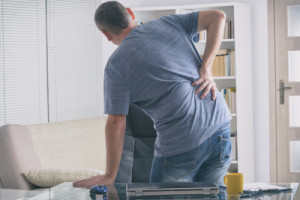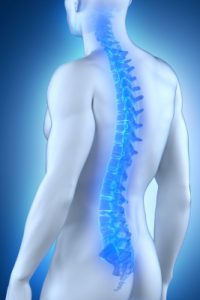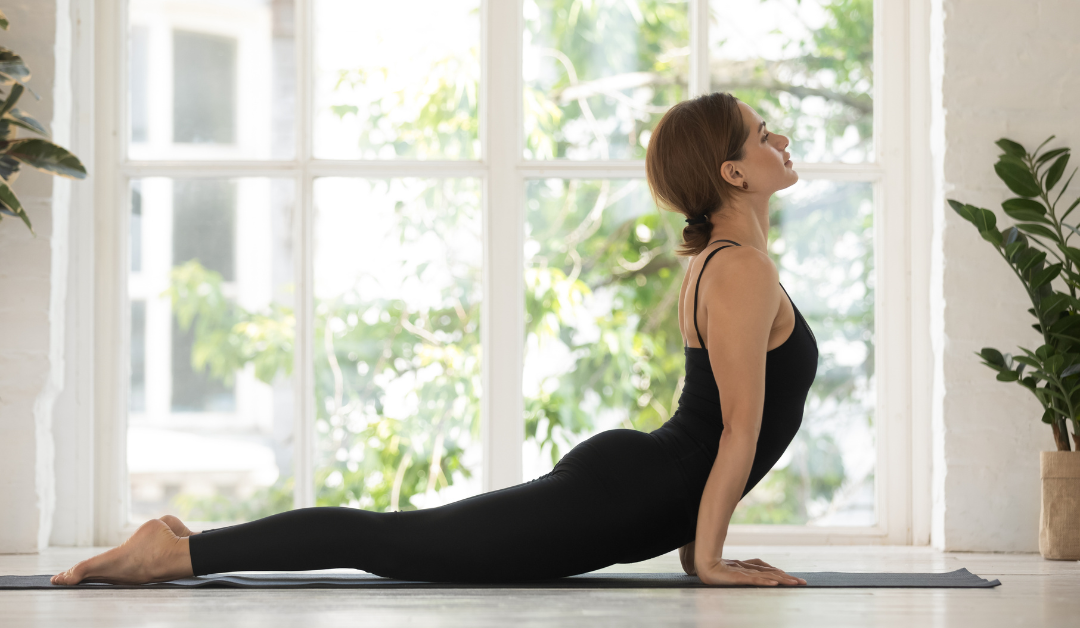For most people back pain will present quickly (acute back pain). Then it often improves or goes away within three to six weeks. However, it is very common for it to return, with some people developing more persistent pain that lasts for more than three months (chronic back pain).
Back Conditions and Causes
Back problems can include a range of conditions related to the bones, joints, connective tissue, muscles and nerves of the back.
Conditions can affect all areas of the spine, including the neck (cervical spine), upper back (thoracic), lower back (lumbar), and also the Sacrum and tailbone (coccyx).
Specific conditions can range from neck pain, headaches or migraines, low back pain, disc bulge, sciatica, sacroiliac joint pain, just to name a few.
They can be caused by a range of lifestyle factors including –
- poor posture
- stress
- lack of physical activity
- repetitive or heavy lifting
- accident or injury
Back pain can also be caused from diseases like arthritis, osteoporosis or disc disease and can also result from health issues like kidney stones or shingles.
Factors that increase your risk of developing back issues can include age, smoking, fitness, overweight and type of work (ABS 2019).
The Impact of Back Pain
Back pain can have a significant impact on all aspects of life. It will affect your work, daily activities, family life, sporting, recreation and social activities.
Back problems are a common cause of disability and lost productivity. In 2019-20, it cost the Australian health system an estimated $3.4 billion, representing 23% of disease expenditure on musculoskeletal conditions and 2.4% of total health expenditure
But the good news is, there’s a lot you can do to not only manage back pain when it occurs, but to avoid and prevent it from occurring in the first place.
Focussing on a Healthy Spine
The spine is a complex structure.
A normal, healthy spine will have 3 natural curves that sit in an ‘S’ shape. They are the cervical, thoracic and lumbar sections of the spine. There are 33 bones called vertebrae, that all work together to protect the spine and spinal cord, and allow a range of movements. The vertebrae are then protected and connected by connective tissue and cartilage, and have soft tissues like muscles, tendons and ligaments to support them.
There are facet joints that allow the spine to twist, bend, absorb heavy loads and protect us from movements that could damage the spine or overload the vertebrae. There are also intervertebral discs that sit in between the vertebrae like a shock absorber, which allow us to jump, dance and run with no pain.
The spine is an incredible structure that has a lot of moving parts. That also means, however, that there are a lot of areas to break down due to varying factors and changes.
At Sandgate Physical Health Clinic, we offer a range of Physiotherapy, Massage, Acupuncture and Pilates services to help support your spine with an individualised and non-invasive approach. We use our clinical expertise to find underlying causes of your pain, provide a diagnosis of your condition and provide a treatment plan to move forward. Our focus is on prevention, so you can live a pain free life with little to no back pain in future.
There are also other lifestyle tips you can add to your daily routine, to help you focus on maintaining a strong and healthy spine.
Here are 8 Tips to Avoid Back Pain & Maintain a Healthy Spine
- Limit time spent sitting – There are several health concerns associated with sitting for a long period of time, with the most common being back pain. Sitting for long periods, puts pressure on your spine, can strain the discs and exhaust important back muscles that support your spine. Whilst we suggest creating an ergonomic workstation to improve the health of your spine, this will not solve the problem if you continue to sit for too long. It’s also really important to set regular reminders to get up, stretch and take a break regularly.
- Improve your Sleeping Habits – We sleep for approximately 8 hours a night, which is a long time for our spine to be in a position. In our average lifetime, we will sleep for approximately 230,000 hours, so it makes sense to check on and improve your sleeping habits. Three vital habits to improve are – ensuring you are sleeping in a healthy position (Side or Back is best), that you have a comfortable and supportive mattress and that your pillow is supportive and the correct size.
- Good Posture – Good posture involves training your body to sit, lie, stand and walk in the best position possible so there is as little strain as possible on your back. Correct posture allows your back and spine to sit in alignment, reduces risk of ligament strain and allows for optimal functionality. Tips to maintain good posture include – ensuring you can always take a deep breath, standing with feet shoulder width apart, ensuring your head is on top of your shoulders and not going forwards, improving your fitness and doing regular stretches.
- Improving Strength and Fitness – Unfortunately a lot of people don’t have sufficient core strength to support your back properly. Strength and conditioning exercises aimed at your back and core muscles are essential to ensure your muscles work together to support your spine and keep it in proper alignment.
- Correct Lifting Technique – Improper lifting can damage the soft tissues in the spine, your back can also ‘lock up’ if a flexible facet joint is injured or the muscles or ligaments can be strained. Before lifting, consider the following – is it safe to do so, can you reduce the weight or ask for help to lift it, use your core muscles and hold the object close to your body, lift with your knees and hips rather than back.
- Quit Smoking – Studies have shown a link between smoking and back pain. Smoking causes inflammation and the nicotine in blood vessels acts as a vasocontrictor which narrows them. This can damage structures in your back and greatly increase wear and tear on joints in the body and spine.
- Swimming and Hydrotherapy – Swimming is a great low impact exercise to improve your fitness. It also reduces the wear on your back as there is very little impact on the spine. Hydrotherapy is also becoming increasingly popular as the buoyancy of the water allows people suffering from conditions like osteoarthritis, to exercise safely whilst relieving stress on the joints.
- Pilates – Pilates is a system of exercises, either performed on a mat or Pilates equipment, that are designed to increase flexibility, strengthen muscles, and improve core stability, posture and balance. Pilates is extremely beneficial for those suffering from neck pain and headaches, back pain, scoliosis and postural conditions.
Contact the Friendly Team at SPHC!
Contact the team at SPHC today on 3869 1099, if you need advice on strengthening your spine and treating or avoiding back pain!
Read more about our Physiotherapy Services
Read more about our Pilates Services
Read more about our Massage Services
Read more about our Acupuncture Services

